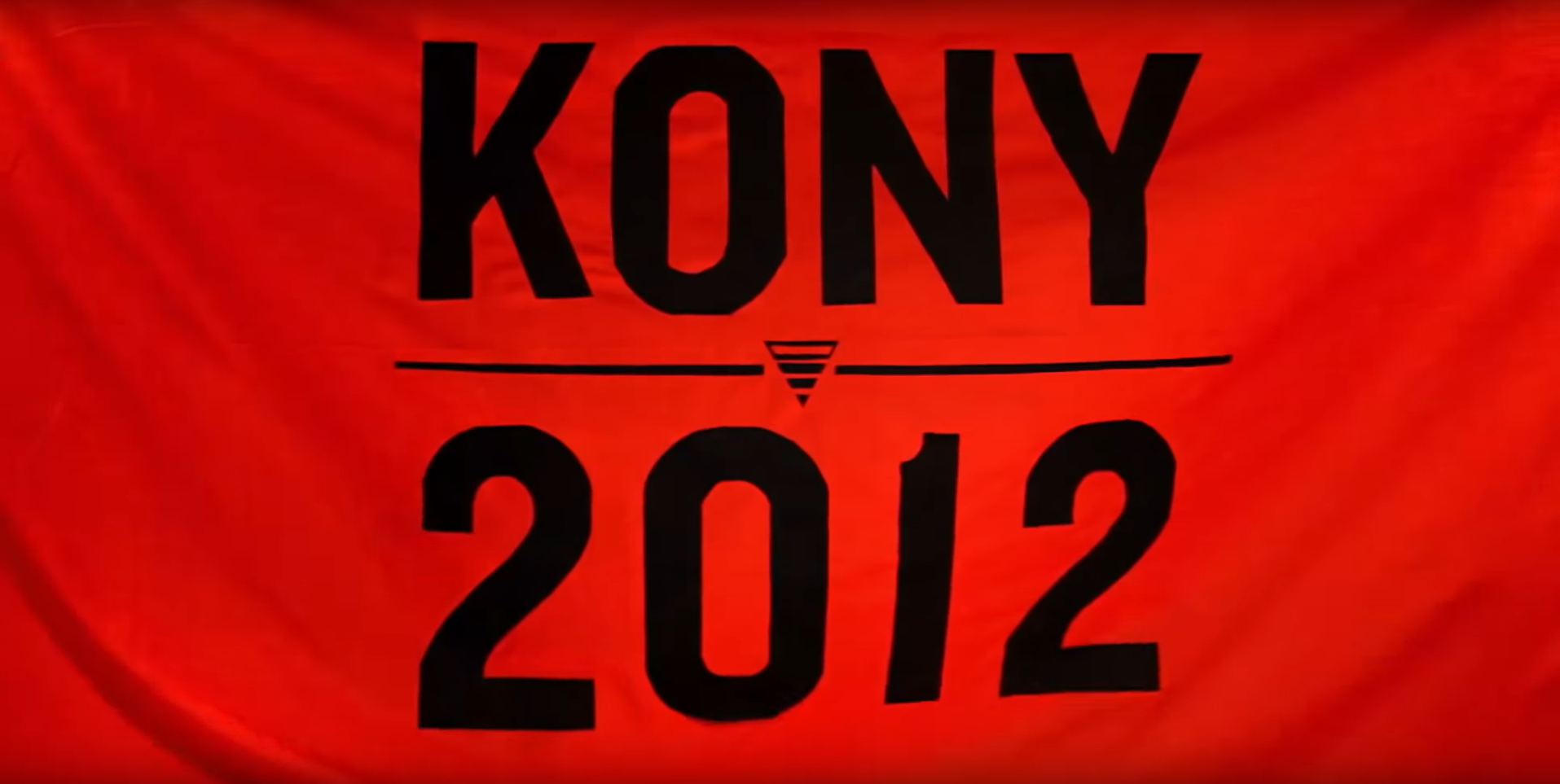
When YouTube launched in 2005, people gained a sudden awareness that videos on the internet could be funny. We watched kids pretending they were in Star Wars, babies saying surprising things, clips of unlikely animal friends, and re-posted Saturday Night Live sketches. In the noughties, the experience of “going viral” was less prevalent than the standalone existence of the “viral video” – a single piece of media that did not make a celebrity out of its subjects and which did not extend into anything else beyond simply being a video that was repeatedly watched.
But when the new decade began, what became “viral” changed. In 2012, Kony became the iconic viral video that was not simply viral for being random, silly, or funny, but viral in a way that spread a message, created actual electoral policy, and drew years of cultural criticism. Sites sprung up like UpWorthy and the Dodo, which honed and owned the style of “AMAZING: Cute Toddlers Put On Surprise Puppet Show!” articles, dissecting viral videos and turning them into stories. BuzzFeed grew to prominence in the early 2010s and redefined (and arguably created) viral content as something that didn’t have to just be clickable, but rather viral in the way you were always coming back to its creator for more.
Thanks to BuzzFeed, the mid 2010s saw the rise of content that was created with the explicit goal of going viral. The pivot-to-video trend, brought on by Facebook’s algorithm changes which promoted video more heavily, only exacerbated this. “In 2015, BuzzFeed tasked five employees with a single objective: Craft the perfect viral Facebook video,” Ethan Varian wrote in the LA Times in December 2017. “To ensure maximum share-ability, such a video had to be short — no more than 40 seconds long — and enjoyable either with or without sound as users scrolled their feeds. The team found its solution in how-to-cooking clips, and soon the mouthwatering videos made by its Tasty sub-brand began taking Facebook by storm.” Tasty became the archetypal viral content, with each video getting hundreds of thousands of views within six months of its launch.
These 5 EGGCEPTIONAL egg hacks are gonna blow your mind! pic.twitter.com/0IRPmFn4hL
— Tasty (@tasty) July 27, 2017
But individuals, too, made careers out of creating regular viral content. Twitter accounts became popular for viral jokes, securing their authors book deals, writing jobs, and even TV shows. YouTubers went viral for putting out pranks, remixes, or Cassette-boy style parody videos created to be shared on Facebook. Viral content became a full-time living, and arguably lead to the class of influencers who dominate the media industry today. Going viral was no longer something that could happen to you: by the close of the decade, it was a professional status to be achieved.
Like the experience of going viral, after a period of ubiquity and extreme popularity, viral content may be living its last days. In the last few years, the phrase has become so overused that it is avoided like the plague, and many of the BuzzFeed-style content sites are experiencing cutbacks in an effort to combat the reality that this form of content doesn’t bang like it used to. As we see the death of short-form video, such as Tasty’s simple “food porn” clips, we are seeing people shift over to brands like Bon Appetit, whose YouTube channel focuses on longform, in-depth, expert cooking info and has become one of Gen-Z’s most beloved video producers. People, brands, and companies will continue to chase numbers in a media and social media landscape that feeds off clicks and engagement. But with a shift away from quantity over quality and a shift towards paid-for, bespoke output, the days of the viral internet star may already be numbered.
This article is part of our A-Z of the 2010s.






